Search Images
Browse Content (p. 1283)
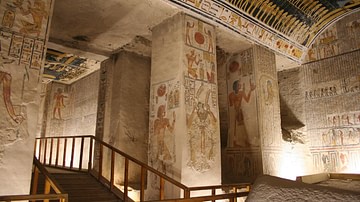
Image
Tomb of Ramesses V
Valley of the Kings, Egypt, Tomb KV9.
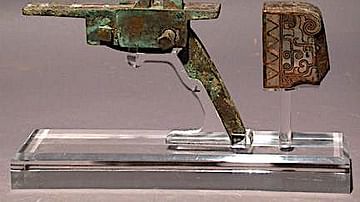
Image
Warring States Crossbow Trigger
The trigger and firing mechanism of a crossbow from the Chinese Warring States Period, 3rd century BCE (possible a century later during the Han Dynasty). Bronze inlaid with silver.
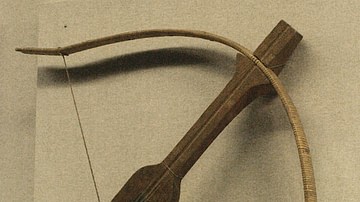
Image
Qin Dynasty Crossbow
A Qin dynasty crossbow (221-207 BCE). From Beiguan, Xian, China.
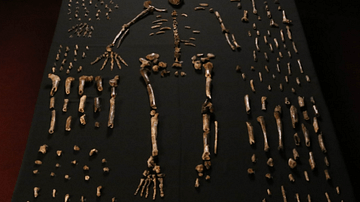
Image
Homo Naledi Composite Skeleton
A composite skeleton that represents multiple individuals of Homo naledi, created from specimens found in the Dinaledi chamber in the Rising Star Cave, South Africa. The specimens have been dated to between 236,000 and 335,000 years old.

Image
Homo Naledi Skull
Skull of Homo naledi, who lived between 236,000 and 335,000 years ago and whose remains were found in the Rising Star Cave in South Africa. This particular skull was found in the Lesedi chamber. The scale bar represents 5 cm.
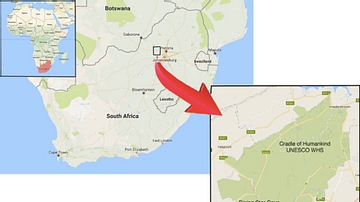
Image
Rising Star Cave Location Map
Geographical location of the Rising Star cave in the Cradle of Humankind UNESCO World Heritage Site, where the remains of Homo naledi were discovered in 2013 CE.
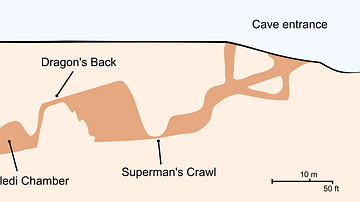
Image
Dinaledi Chamber, Rising Star Cave
Schematic cross-section through a portion of the Rising Star cave system showing the Dinaledi Chamber, where fossils of Homo naledi were first discovered in 2013 CE.

Image
Worker's Tomb, Deir el-Medina
A worker's tomb at the site of Deir el-Medina, a village for artists and masons who built the royal tombs in the nearby Valley of the Kings, Egypt. The village was in continuous use from the time of Thutmose I (1520-1492 BCE) until the collapse...
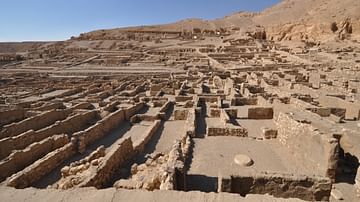
Image
Deir el-Medina
The site of Deir el-Medina, a worker's village for artists and masons who built the royal tombs in the nearby Valley of the Kings, Egypt. The village was in continuous use from the time of Thutmose I (1520-1492 BCE) until the collapse of...
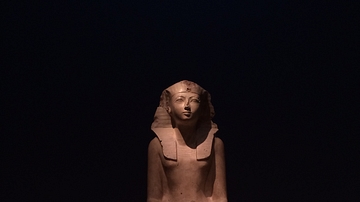
Image
Seated Statue of Maatkare Hatshepsut
This statue of the female pharaoh Hatshepsut is a prime example of the female king's penchant for blending male and female attributes in her artwork. It depicts the pharaoh bare chested in a kilt, yet with female facial features and breasts...